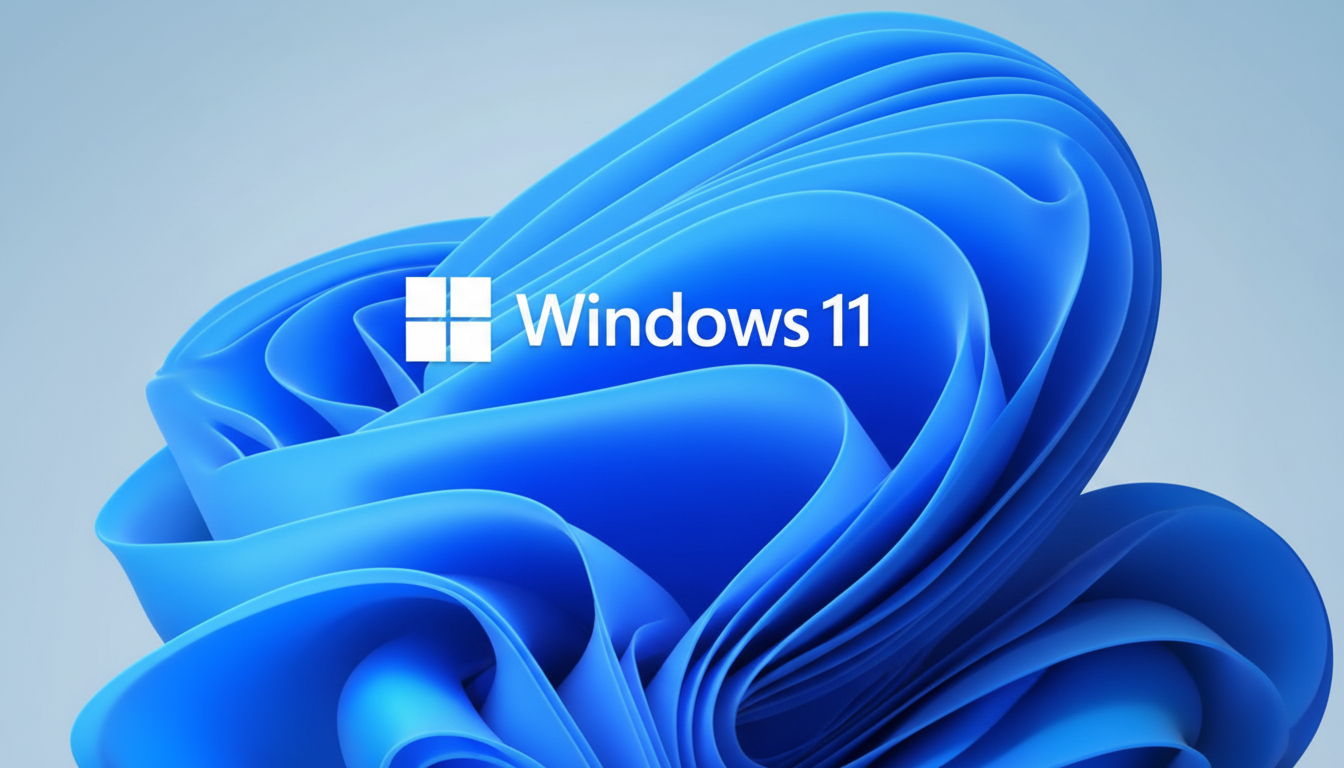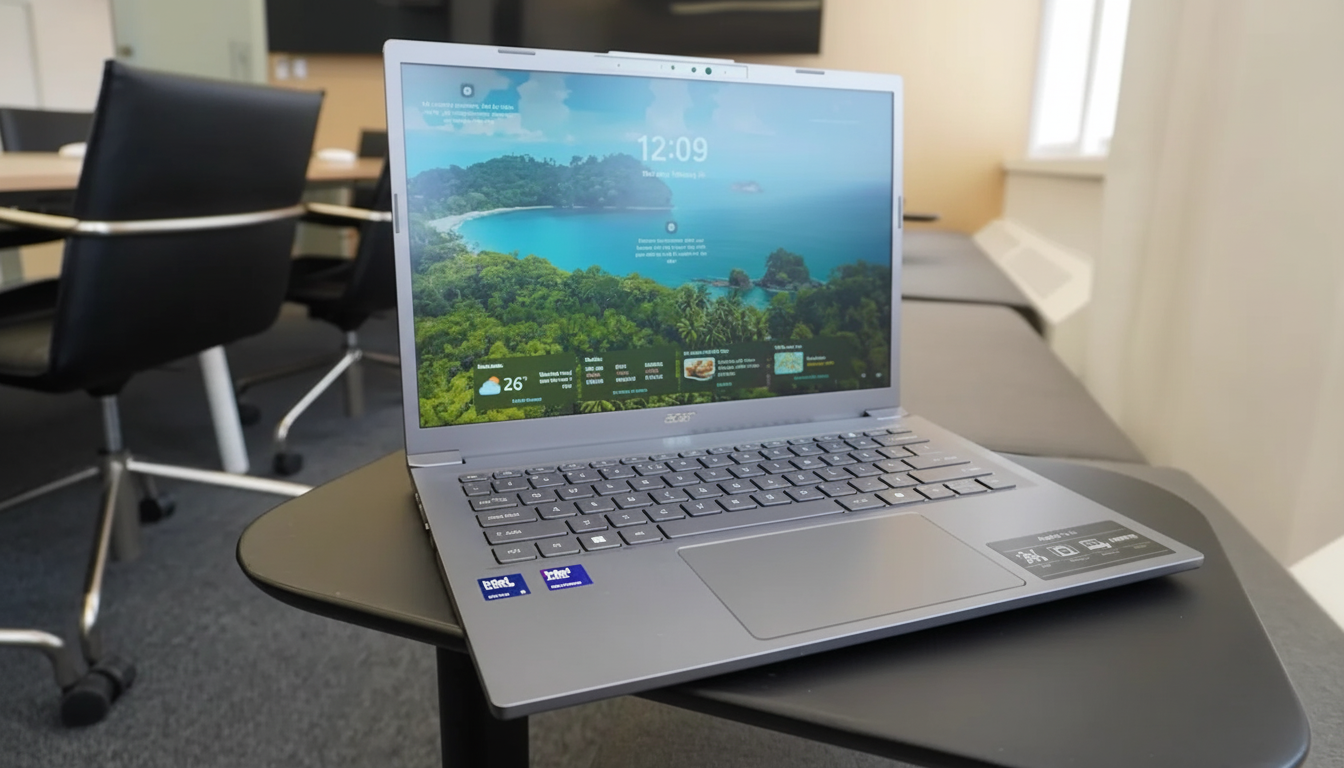My desktop had apparently been marked as “ineligible” for Windows 11 due to not having TPM 2.0 and being outside of Microsoft’s list of approved CPUs. But within five minutes, I kicked off a clean, in-place upgrade — using Microsoft’s own ISO and a trusted tool — and came out the other side with Windows 11 fully operational without buying new hardware.
Why this computer was banned from Windows 11 eligibility
Windows 11 holds the line on a few mandatory elements: TPM 2.0, Secure Boot and small (so far) support for processors, to name three. The goal is security-first computing — measured boot, more robust credential protections and hardware-enforced encryption keys. Older but perfectly serviceable hardware, such as numerous 8th and 9th gen Intel platforms and anything pre-TPM 2.0 motherboards, flunk the automated test no matter how fast, stable and well-maintained.
- Why this computer was banned from Windows 11 eligibility
- The five-minute installation hack I used for Windows 11
- Results on an Unsupported System After the Upgrade
- What Microsoft Says and the Actual Tradeoffs
- Who this is for and when you should skip the upgrade
- Bottom line on upgrading unsupported PCs to Windows 11

That kind of rigid gatekeeping has real-world implications. Through StatCounter’s eyes, Windows 11 is still the up-and-coming minority; it hasn’t yet overtaken the desktop-leading share of Windows 10. Though millions of perfectly capable PCs are still being used after Windows 10 hit the end-of-support milestone, they’re stranded between security guidance and economic reality.
The five-minute installation hack I used for Windows 11
The method revolves around installing Windows 11 from official media, but disabling the setup checks that prevent it being installed on older hardware. I used the latest Windows 11 ISO from Microsoft and Rufus, a very reputable tool for making bootable USBs.
Here is the precise flow that I took:
- Backed up my files.
- Downloaded the Windows 11 ISO from Microsoft.
- Started Rufus to produce a USB installer.
- During creation, used the checkboxes to disable TPM 2.0, Secure Boot and the known CPU list.
- Chose “Install Windows 11” with “Keep personal files and apps.”
- Initiated setup from inside Windows.
- Left the option to check for updates during installation enabled.
It took me around five minutes to prepare. The install itself — the act of copying files and rebooting — took a bit longer than expected but needed no additional intervention. When the desktop came back, I was in Windows 11 and my apps and data were untouched.
Results on an Unsupported System After the Upgrade
Windows 11 felt immediately familiar. Windows 10 runs about the same on this machine, with similar boot times and idle memory consumption in the ~2–3GB range. Gaming and creative workloads were unaffected with the latest GPU and chipset drivers. The only obvious evidence of the mismatch was a subtle “system requirements not met” notice, and that doesn’t interfere with day-to-day usage.
As far as features go, Windows 11’s desktop polish, smoother window management and better security will all cross over. Things like the pendulum-swinging interactive clock and Copilot or certain AI experiences do depend on hardware and region settings, but the core OS was working perfectly.

What Microsoft Says and the Actual Tradeoffs
Microsoft’s documentation is clear that those unsupported PCs may not be eligible for updates and could lose out on some security protections that are connected to TPM 2.0 and Secure Boot. The company has contended that it sees more stable sessions and fewer kernel crashes across its fleet when requirements are met. Those are valid concerns if you’re handling sensitive data or have to uphold corporate rules.
In the real world, however, users have continued getting monthly cumulatives delivered to unsupported hardware for some time; how much longer that will continue isn’t known. If you’re using BitLocker with TPM-only key models or virtualization-based security features, make sure you know what this means before making the switch. Back up system and drive. A system image backup and recovery drive are mandatory.
Who this is for and when you should skip the upgrade
This is the best path if you have a solid PC built in the last 5–8 years, don’t mind transferring install media to a USB stick, and want to make your hardware last as long as possible.
This is what many home users, indie creators and students with old but still-powerful CPUs might resemble. It’s on you to decide if you’re in a managed enterprise, if you require assurances of compliance or if your workloads are regulated; and in such situations, replacing the device or deploying according to a supported virtualization plan is better.
There’s a larger story here and it’s the large number of PCs that can run the new software without issue, but stumble on a single checkbox. Market watchers including Gartner and Canalys have said refresh cycles became longer over the past few years, with a large installed base that is technically sound. For a lot of people, a meticulous in-place upgrade is a safe enough bridge — and it doesn’t involve buying new gear.
Bottom line on upgrading unsupported PCs to Windows 11
Your PC may be too old for Windows 11, according to Microsoft — but if you’re willing to make the necessary tradeoffs, you can get there fast and clean. If you have an ISO, and Rufus, and a backup plan, the five minutes of setup to wriggle past the checks can net you several more years with an otherwise perfectly capable system — and allow you to be productive long beyond your upgrade prompt.

